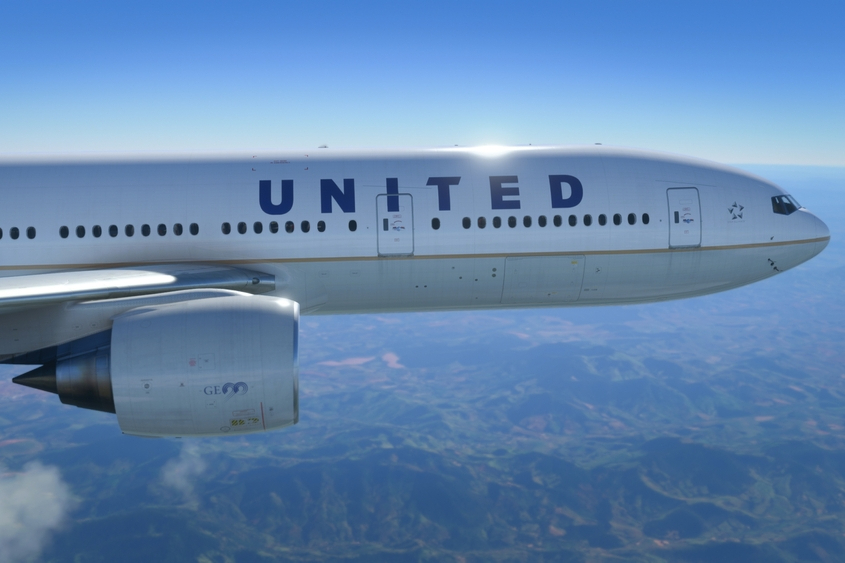United Airlines has posted a strong set of results for the second quarter of 2024 (2Q24), which demonstrate that the carrier is capitalizing on the strongest parts of its operation to boost its bottom line.
In 2Q24, the airline carried 44.3 million passengers, generating a total operating revenue of $15 billion, a pre-tax income of $1.74 billion, and a net income of $1.32 billion. When making a direct comparison with the same period in 2023, passenger numbers have increased by 5.8% overall, while total operating revenue rose by 5.7%, pre-tax income by 25.4%, and net income by 23.1%.
Breaking the numbers down further, domestic passengers accounted for $7.97 billion in revenues in 2Q24, while international passengers generated $5.71 billion, and cargo revenues $414 million. Other operating revenues contributed $892 million to the company’s figures for the period.
United earned an adjusted pre-tax margin of 12.1% for the period between April 2024 and June 2024, a figure that the airline said would “be near the top of the industry”.

In the earnings call held on July 17, 204, United predicted that strong growth across three of its primary revenue streams (premium economy, economy, and ‘road warriors’) would continue to grow and indeed accelerate throughout the remainder of 2024. The airline reported that, during 2Q24, premium revenue grew by 8.5% year-on-year and its economy revenue by an impressive 38%. Additionally, its market share among domestic road warriors has also increased YoY, according to the carrier.
The airline added that several US airlines are cutting back on capacity on loss-making routes. United has been planning its growth strategy around a forecasted adjustment within the US airline industry, leaving it in a strong position going forward as the US domestic market reconfigures itself.
“United has long been preparing for the moment when industry-wide domestic capacity would adjust – it’s now clear that inflection point is just 30 days away,” said Scott Kirby, United’s CEO.
Kirby added that the carrier has also been actively managing its costs, cash situation, and capacity against what he described as a “challenging industry backdrop” as the company focuses on steps that are necessary to hit its financial targets for 2024.
United has reportedly been planning strategic capacity reductions in its domestic operations for around two years. The company revealed that its current published schedule comes as figures show a 3% downturn in the industry capacity growth rate.
At the end of June, United had a mixed fleet of 1,369 Boeing and Airbus aircraft, compared to 1,325 at the same point in 2023. During 2Q24, these planes flew an average stage length of 1,571 miles (2,513 km). The airline said that 1,134 million tons of aircraft fuel had been consumed, at an average cost of $2.76 per gallon. Meanwhile, its employee headcount had grown to 106,000, up 6% from the same point in 2023.


